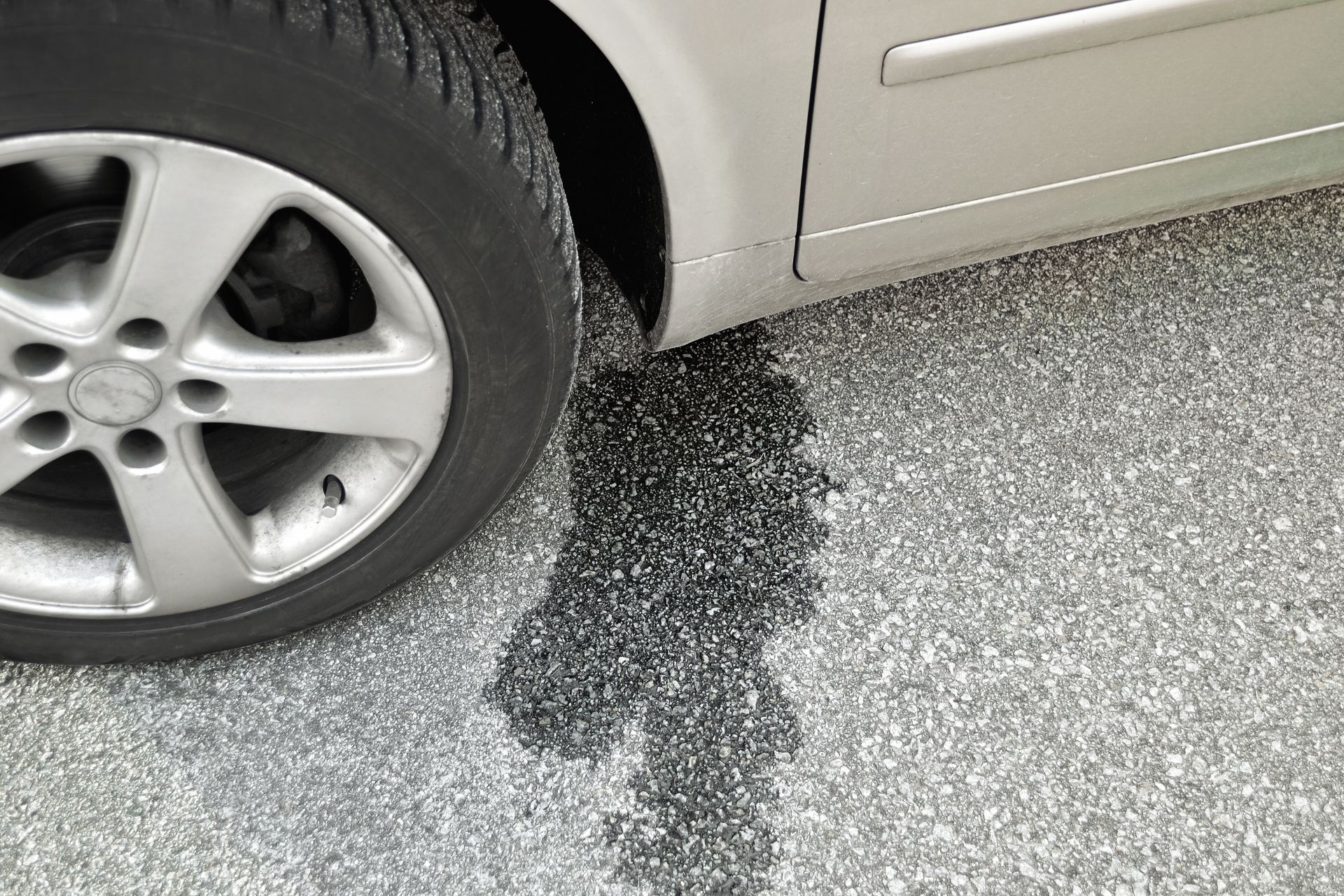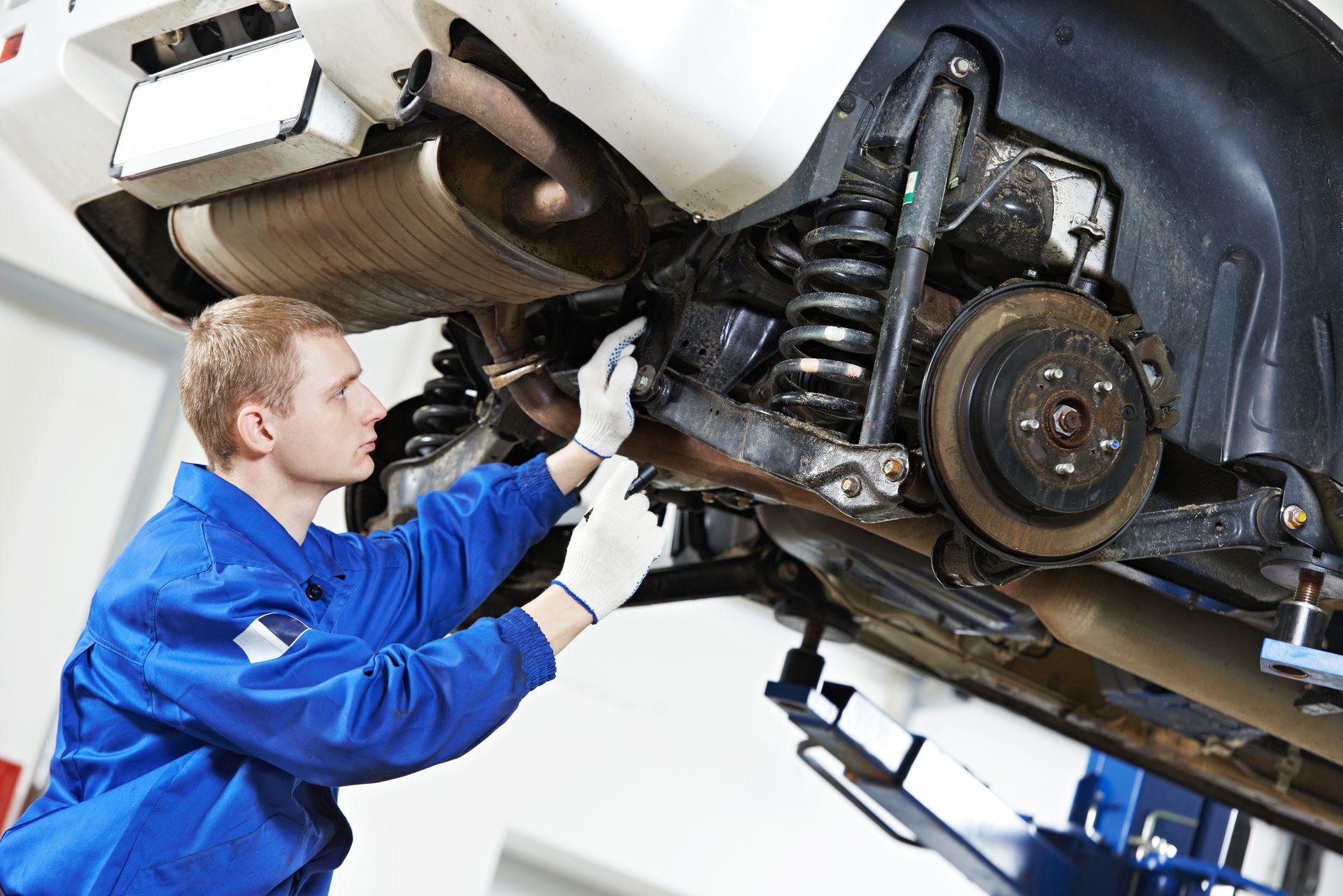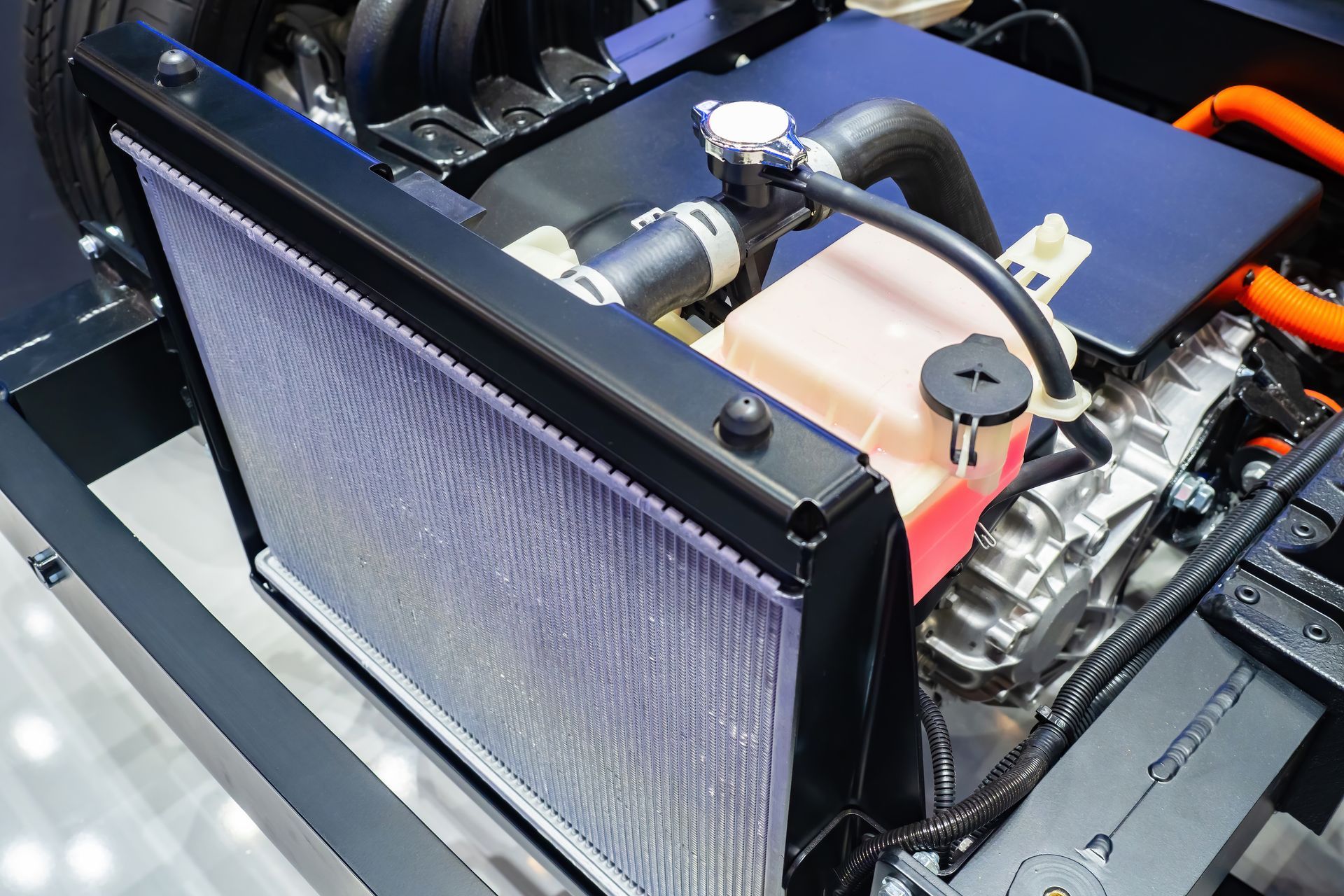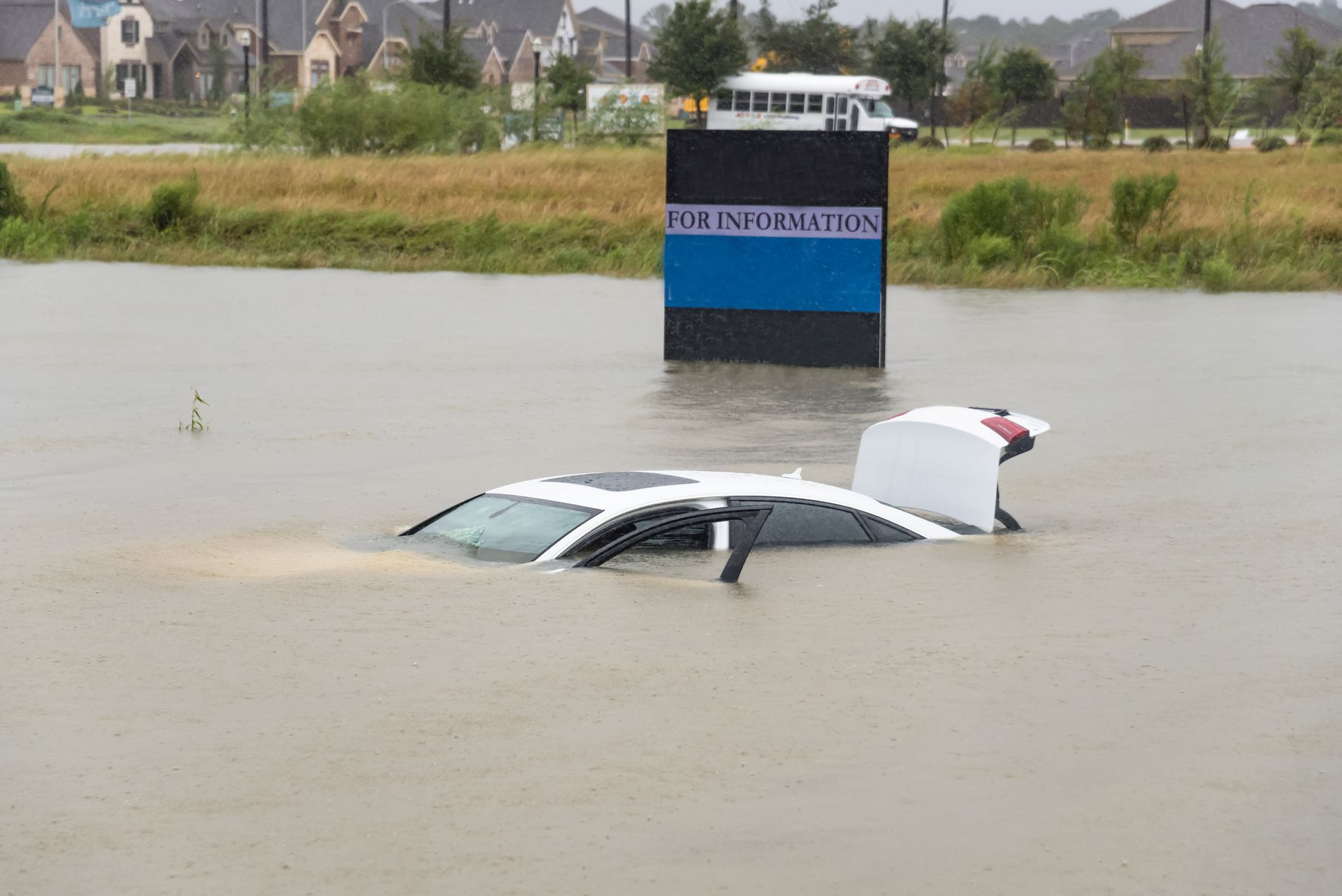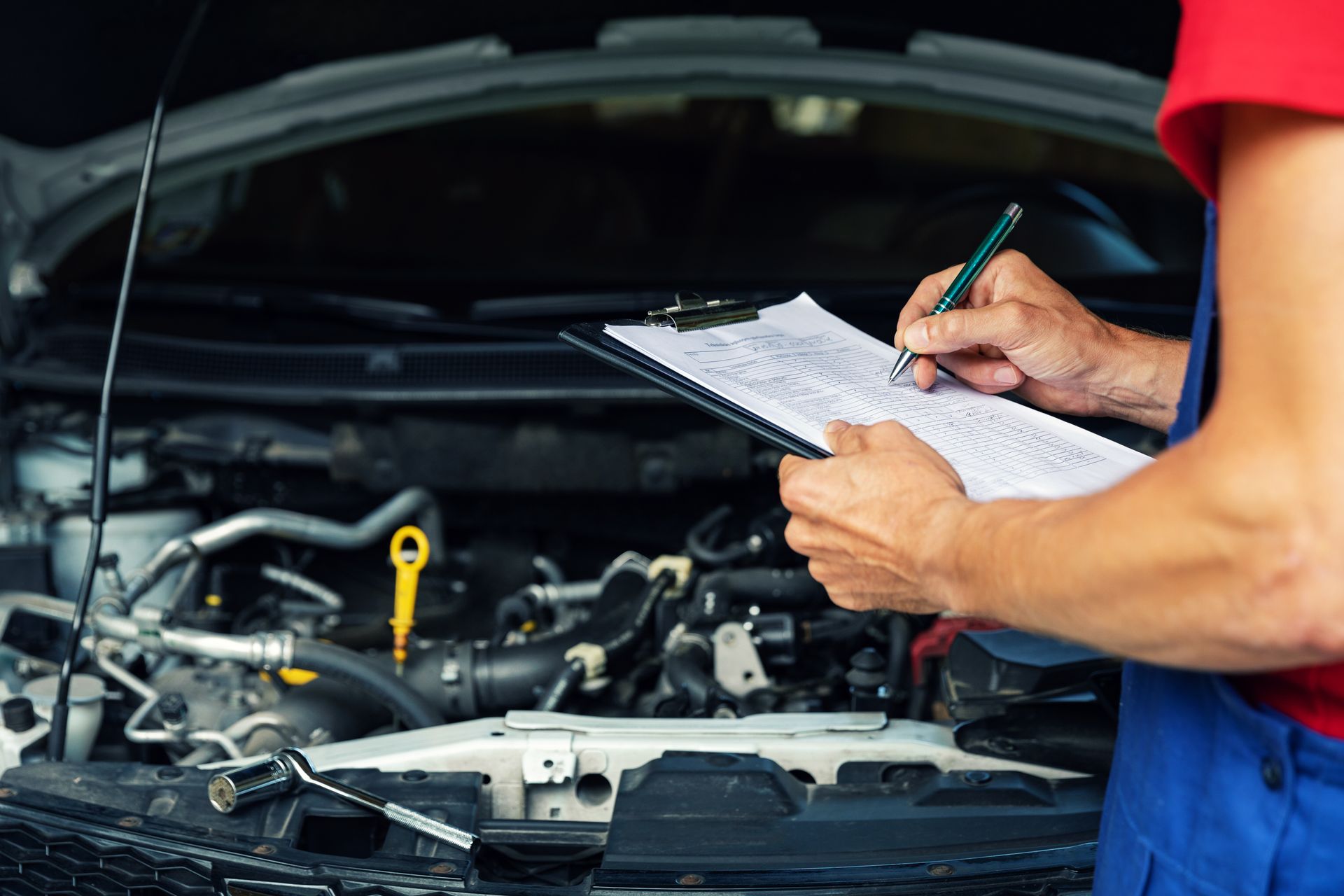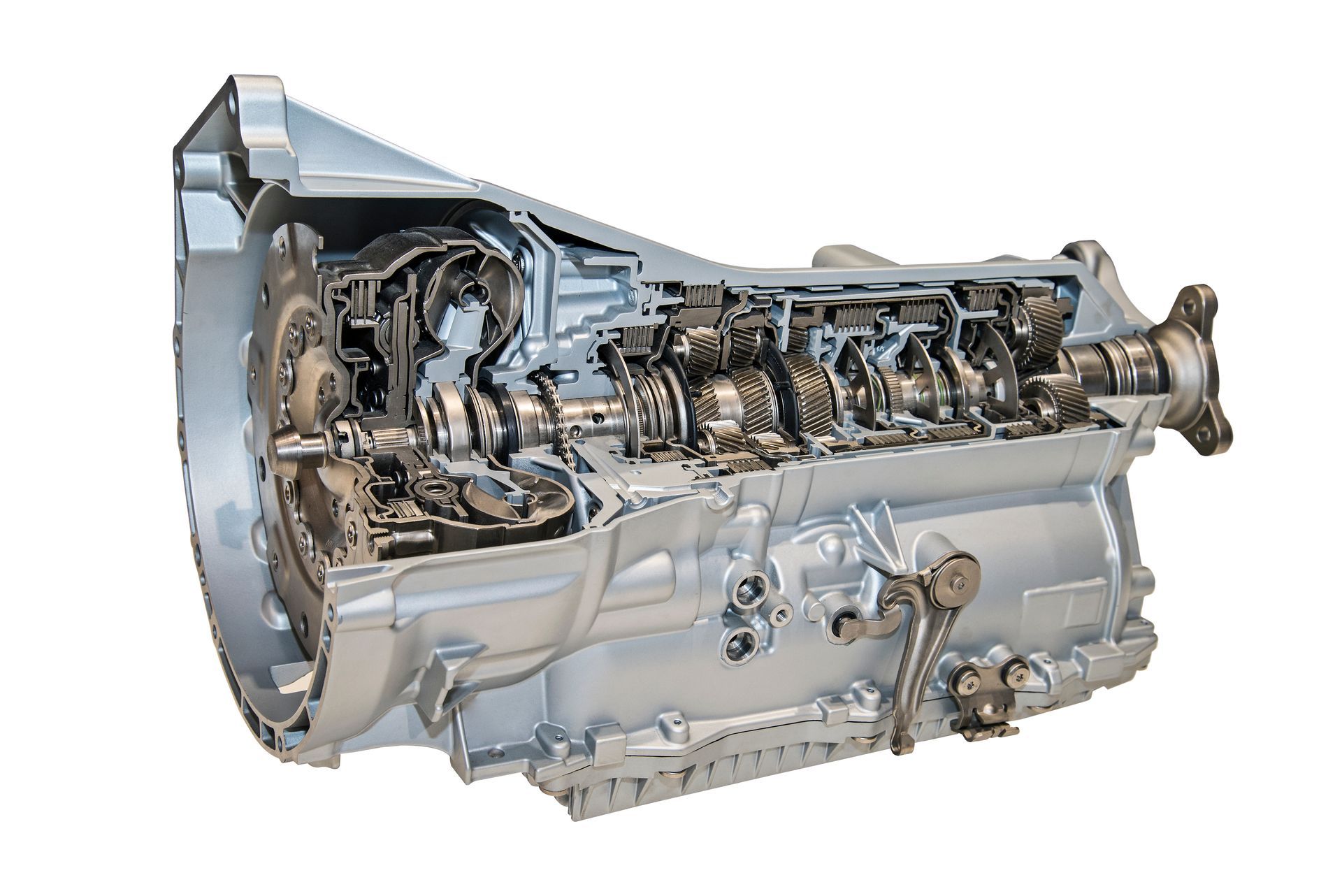The check engine light is one of the most misunderstood warnings on your dashboard. Some drivers panic when it comes on, while others keep driving for weeks, hoping it will go away on its own. In reality, the light is your vehicle’s way of telling you something is wrong—sometimes minor, sometimes serious—and it should never be ignored.
Knowing what the light means, why it comes on, and how to respond can help you avoid costly repairs and keep your car running reliably.
What the Check Engine Light Does
The check engine light is part of your car’s onboard diagnostics system, often referred to as OBD-II. This system monitors engine performance, emissions, and other key components. If it detects a problem that could affect efficiency or emissions, it triggers the light to alert you.
The light may be steady or flashing, and the difference is important. A steady light usually indicates a problem that should be checked soon, while a flashing light often signals a more urgent issue that could cause damage if you keep driving.
Common Reasons It Comes On
The check engine light can be triggered by many different issues, including:
- Loose or faulty gas cap – One of the most common and easiest-to-fix causes.
- Faulty oxygen sensor – Can affect fuel efficiency and emissions.
- Bad spark plugs or ignition coils – May cause rough running or poor performance.
- Malfunctioning catalytic converter – Can reduce engine performance and increase emissions.
- Mass airflow sensor issues – Affects how the engine measures incoming air for proper fuel delivery.
While some causes are minor, others can lead to serious engine damage or expensive repairs if not addressed quickly.
Why You Should Act Quickly
Ignoring the check engine light can make small problems worse. For example, driving for weeks with a faulty oxygen sensor can damage the catalytic converter, which is much more expensive to replace. Similarly, misfires caused by faulty spark plugs can lead to engine damage over time.
Acting quickly can save money and prevent your vehicle from breaking down at the worst possible time.
The Difference Between a Steady and Flashing Light
If the light is steady, it is still important to schedule a diagnostic check soon, but you can usually continue driving carefully. Avoid long trips and heavy loads until the problem is identified.
If the light is flashing, it is best to stop driving and have the vehicle inspected immediately. Flashing often means the engine is misfiring, which can quickly cause severe damage to the catalytic converter and other components.
How a Mechanic Diagnoses the Problem
A professional technician uses a scan tool to read diagnostic trouble codes (DTCs) stored in the vehicle’s computer. These codes point to the system or component that triggered the light, giving the mechanic a starting point for further inspection.
While the codes help narrow down the problem, proper diagnosis often involves additional testing to confirm the exact cause. This ensures the repair is accurate and prevents replacing parts unnecessarily.
Can the Light Go Away on Its Own
In some cases, the check engine light may turn off if the condition that triggered it resolves temporarily. However, the underlying problem usually remains and may cause the light to come back on. The system will still store the trouble code even if the light turns off, which is why it is worth having it checked.
Preventing Check Engine Light Issues
Regular maintenance is the best way to avoid many of the problems that trigger the check engine light. Replacing spark plugs on schedule, using the correct fuel, ensuring your gas cap is secure, and keeping up with oil changes all help keep your engine and emissions system in good condition.
It is also a good habit to have your vehicle inspected promptly if you notice changes in performance, unusual noises, or decreased fuel economy. Sometimes these symptoms appear before the light comes on.
Diagnostic Service at George’s Complete Auto Repair in Cape Coral, FL
When your check engine light comes on, George’s Complete Auto Repair in Cape Coral, FL, is here to help. Our technicians utilize advanced diagnostic tools to pinpoint the exact cause of the warning and recommend the appropriate repair to get you back on the road with confidence.
Schedule your diagnostic check today and keep your vehicle running at its best.


